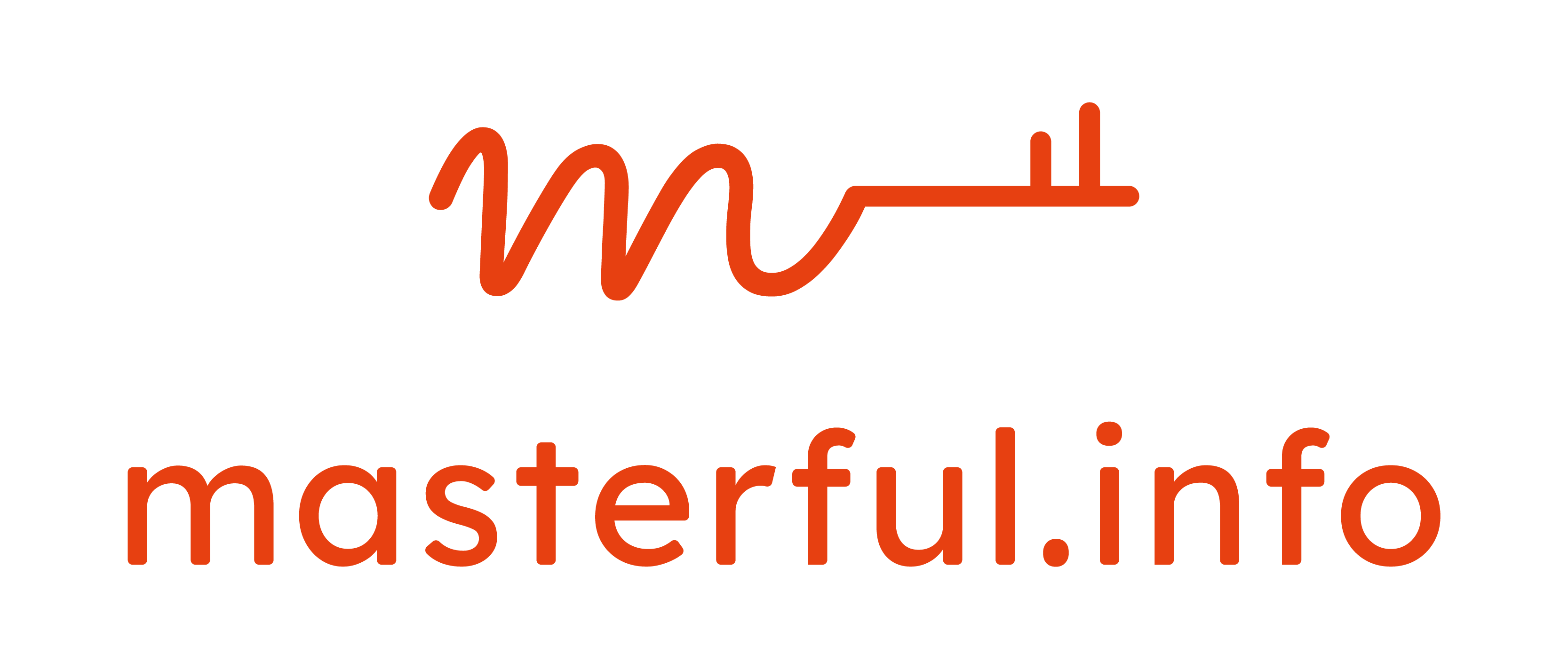In the world of digital marketing, headlines play a crucial role in attracting potential readers and customers. While the content of an article or advertisement is important, it’s the headline that first captures a person’s attention, making them more likely to engage with the content. Understanding the psychology of headlines can help writers and marketers craft attention-grabbing headlines that drive engagement and conversions.
Introduction to The Psychology of Headlines
The primary purpose of a headline is to grab attention and create interest in the content that follows. However, achieving this goal can be challenging. With so much content available online, people have become more selective about what they choose to read and engage with. Therefore, it’s essential to understand the psychology behind what makes a headline effective.
The psychology of headlines is the study of how people respond to different types of headlines. It involves understanding the cognitive processes that occur when a person reads a headline and the emotional responses that it evokes. By understanding these factors, writers and marketers can craft headlines that are more likely to grab attention, create interest, and drive engagement.
Understanding the Science Behind Attention-Grabbing Headlines
One of the primary goals of a headline is to grab attention. For this reason, it’s essential to understand the science behind what makes a headline attention-grabbing. Research shows that people are more likely to pay attention to headlines that are visually appealing, easy to read, and convey a clear benefit.
Headlines that are visually appealing use design elements such as color, font, and imagery to create a visual hierarchy. This hierarchy can guide a person’s attention to the most important elements of the headline. Similarly, headlines that are easy to read use simple language and a clear structure to make them easily digestible.
Finally, headlines that convey a clear benefit are more likely to grab attention because they offer something of value to the reader. This benefit could be in the form of information, entertainment, or a solution to a problem. By understanding these principles, writers and marketers can create attention-grabbing headlines that are more likely to be read and engaged with.
The Power of Emotional Triggers in Headlines
Emotions play a significant role in our decision-making processes, and this is no different when it comes to headlines. Headlines that evoke emotions are more likely to be remembered and shared. Therefore, understanding the power of emotional triggers in headlines can help writers and marketers create more effective headlines.
There are several emotional triggers that writers and marketers can use in headlines. These include fear, curiosity, anger, happiness, and surprise. For example, headlines that evoke fear can be effective because they tap into the reader’s desire to avoid something negative. Similarly, headlines that evoke curiosity can be effective because they tap into the reader’s desire to learn something new.
Understanding the emotional triggers that are most likely to resonate with a particular audience can help writers and marketers craft headlines that are more likely to create engagement and conversions.
The Role of Curiosity in Writing Headlines
Curiosity is a powerful emotion that can be used to create effective headlines. When people encounter something curious, they are more likely to want to learn more. Therefore, headlines that pique a person’s curiosity are more likely to be clicked and engaged with.
There are several ways to use curiosity in headlines. One approach is to ask a question that the reader wants to know the answer to. Another approach is to use a teaser that hints at something intriguing but doesn’t give away the entire story.
When using curiosity in headlines, it’s essential to strike a balance between piquing the reader’s interest and not giving away too much information. This can be achieved by using a combination of curiosity and a clear benefit. For example, a headline could ask a question that creates curiosity and then provide a clear benefit in the subhead that follows.
Importance of Using Numbers in Headlines
Numbers are a powerful tool that can be used to make headlines more effective. Research shows that headlines that include numbers are more likely to be clicked and shared. This is because numbers provide a clear benefit and make the headline more specific.
There are several ways to use numbers in headlines. One approach is to use a listicle format that provides a specific number of tips, tricks, or ideas. Another approach is to use a statistic that highlights a particular benefit.
When using numbers in headlines, it’s essential to be specific and accurate. Headlines that make vague or unsupported claims are likely to be seen as clickbait and can damage a brand’s reputation.
Crafting Headlines that Trigger Urgency
Urgency is a powerful motivator that can be used to create effective headlines. When people feel a sense of urgency, they are more likely to take action. Therefore, headlines that trigger urgency are more likely to drive conversions.
There are several ways to create urgency in headlines. One approach is to use a deadline that creates a sense of urgency. For example, a headline could read “Only 24 Hours Left to Save on Your Next Purchase.” Another approach is to use scarcity to create urgency. For example, a headline could read “Limited Time Offer: Get Your Free Sample Before They’re Gone.”
When using urgency in headlines, it’s essential to be truthful and transparent. Headlines that use false urgency are likely to be seen as clickbait and can damage a brand’s reputation.
The Significance of Social Proof in Headlines
Social proof is the idea that people are more likely to take action if they see that others have done so before them. Therefore, headlines that include social proof are more likely to be effective.
There are several ways to use social proof in headlines. One approach is to use testimonials from satisfied customers. Another approach is to use data that shows how many people have already taken the desired action.
When using social proof in headlines, it’s essential to be truthful and transparent. Headlines that use false or misleading social proof are likely to be seen as clickbait and can damage a brand’s reputation.
Optimizing Headlines for Search Engine Results
Search engine optimization (SEO) is the process of optimizing content to rank higher in search engine results pages (SERPs). Headlines play a crucial role in SEO because they are one of the primary factors that search engines use to determine the relevance of a piece of content to a particular search query.
There are several ways to optimize headlines for SEO. One approach is to use the primary keyword in the headline. Another approach is to use modifiers that provide additional context and relevance to the keyword.
When optimizing headlines for SEO, it’s essential to strike a balance between using keywords and creating an attention-grabbing headline. Headlines that are too keyword-heavy are likely to be seen as spammy and can harm a brand’s reputation.
Tips for Testing and Refining Headlines
Creating effective headlines is an ongoing process that requires testing and refinement. There are several tools and techniques that writers and marketers can use to test and refine headlines.
One approach is to use A/B testing, which involves creating two versions of a headline and testing them against each other to see which one performs better. Another approach is to use headline analyzers, which provide feedback on the effectiveness of a headline based on factors such as word choice, length, and emotional impact.
When testing and refining headlines, it’s essential to track metrics such as click-through rates, engagement rates, and conversions. This data can be used to refine headlines and improve their effectiveness over time.
Examples of Highly Effective Headlines
To illustrate the principles discussed in this article, here are some examples of highly effective headlines:
- “10 Surprising Benefits of Drinking Coffee Every Day”
- “How to Lose 10 Pounds in 30 Days Without Giving Up Your Favorite Foods”
- “Limited Time Offer: Get Your Free Sample Before They’re Gone”
- “Why Investing in Bitcoin Now Could Make You a Fortune”
- “The Secret to Getting More Done in Less Time”
Conclusion – Putting it all Together to Create Headlines that Convert
Crafting effective headlines is both an art and a science. By understanding the psychology behind what makes a headline effective, writers and marketers can create headlines that are more likely to grab attention, create interest, and drive engagement.
Effective headlines use a combination of attention-grabbing design, emotional triggers, curiosity, numbers, urgency, social proof, and SEO optimization. They are also regularly tested and refined to improve their effectiveness over time.
By putting these principles into practice, writers and marketers can create headlines that convert readers into customers, driving business growth and success.





